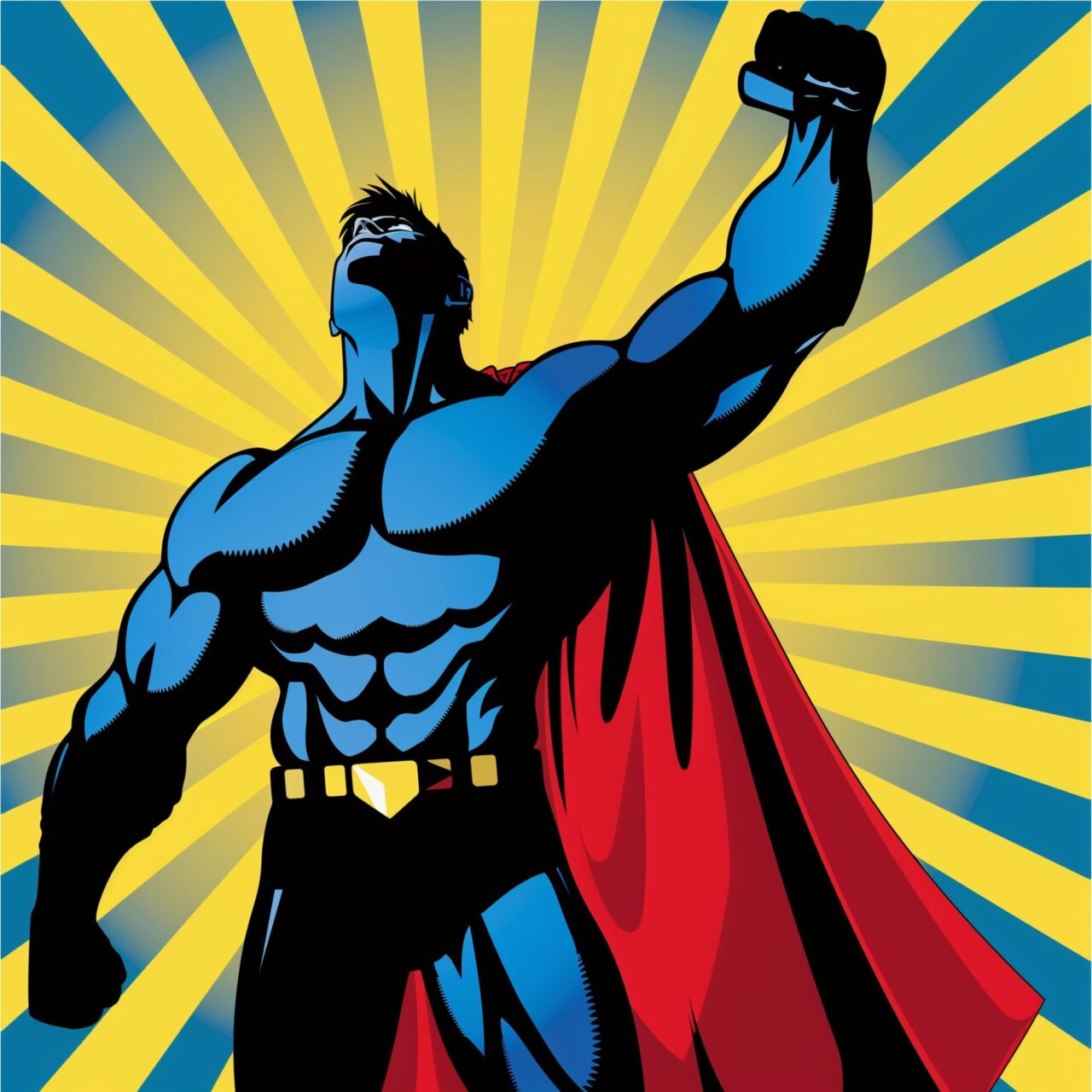
Fluid identities
Welcome to the kaleidoscope of modern identity, where avatars in video games, cosplay cultures and the infinite variety of gender forms offer a whole new playing field for self-discovery and self-expression. This cultural fusion not only reflects the transformation of our society, but also serves as a stage for personal and collective transformations. Let’s dive into this colorful world to explore the connections and the resulting cultural, psychological and social dynamics.
Avatars: pixel persona
In the world of video games, avatars are more than just digital stand-ins. They are carefully curated expressions of the self that allow players to explore aspects of their personality that may remain hidden or suppressed in real life. These pixel-based personalities can vary from heroic warriors to mystical wizards, all operating in worlds where the boundaries are redefined by the next server refresh.
Cosplay: the art of transformation
Cosplay, an embodiment of love for a character through the meticulous recreation of costumes and behavior, is far more than a hobby. It is a transformative practice that allows individuals to slip into the skin of others – be it a comic book hero, a historical figure or anything in between. This escape into alternative identities can be an outlet and a means of self-determination, especially during adolescence, a time of intense personal development and uncertainty.
Puberty: the original metamorphosis
Puberty, this biological earthquake, leaves no stone unturned. In this phase of exploration and identity crises, adolescents often search for a sense of belonging and self-understanding. In a world increasingly characterized by digital interactions, virtual and playful identities offer a form of self-exploration and self-expression that is less definitive but more experimental than the often rigid structures of real life.
Body modification: the skin as a canvas
From tattoos and piercings to more unusual forms of body art, body modifications are another expression of the quest for individual identity in an increasingly homogenized world. These physical changes can serve as permanent markers of milestones, beliefs or affiliations and are often closely linked to personal and social identity.
Isolation and identity problems
At a time when traditional community structures are eroding, many people, especially young people, are struggling with feelings of isolation and loss of identity. While the digital world offers new communities, it also encourages a certain isolation when interactions remain superficial or are limited to virtual encounters.
Identity in the digital age
In a world characterized by constant connectivity and seemingly endless possibilities, the question of “true” identity is more complex than ever. The numerous ways of self-expression – be they digital, physical or artistic – are both a reaction to and a reflection of the new, seemingly endless possibilities of identification.



